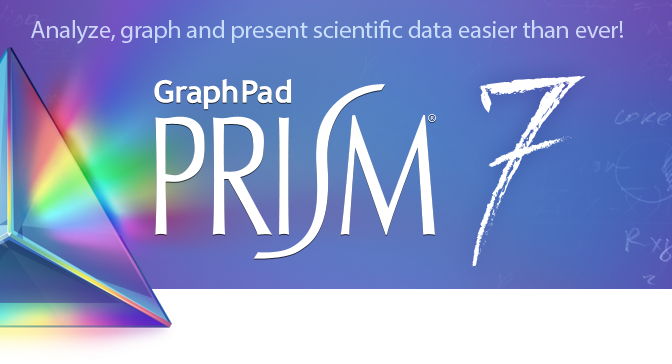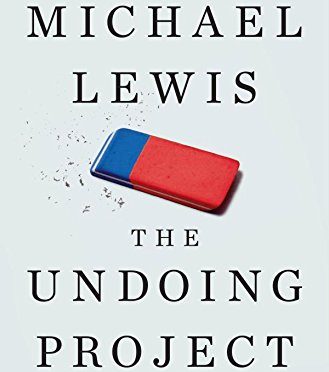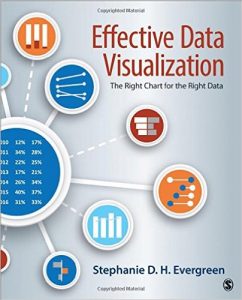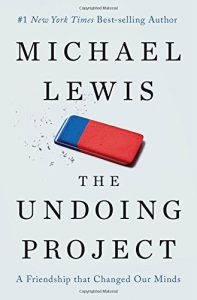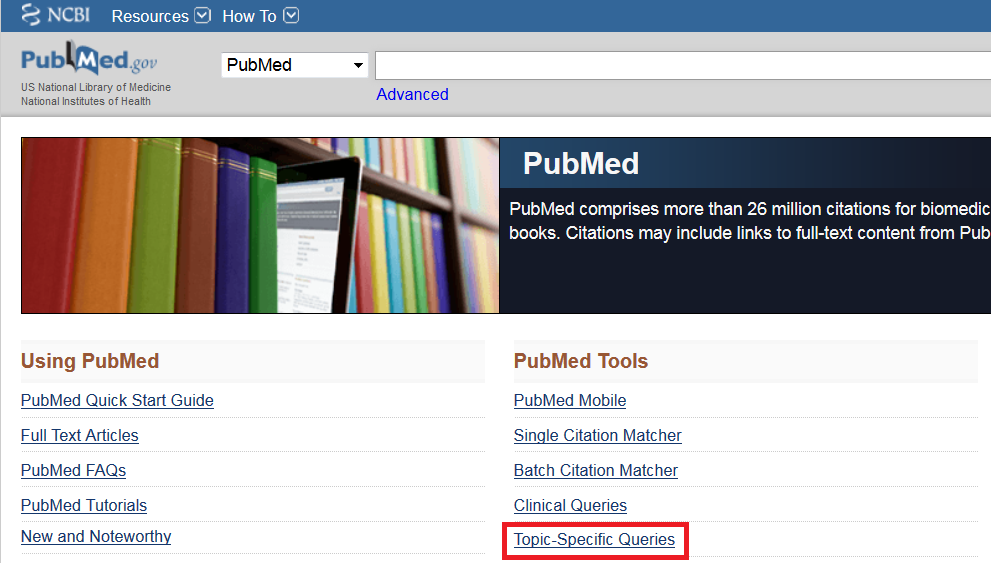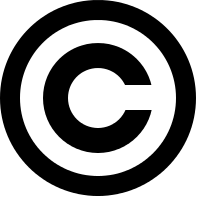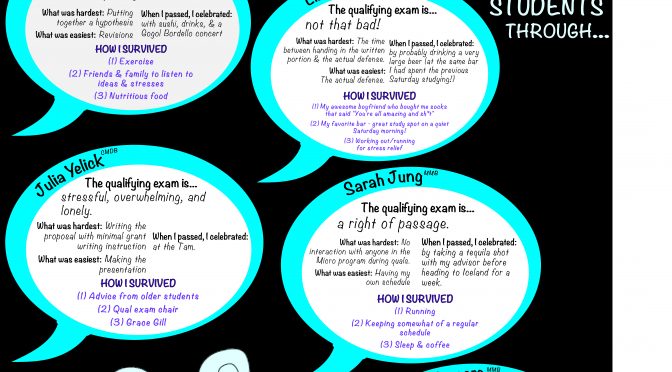When it comes to reporting our scientific findings, we are trained to compose manuscripts that are measured, precise and objective. The mainstream media, however, take a very different approach to broadcasting scientific news: headlines designed to grab readers tend to be more sensationalized and the articles draw more conclusive and overarching statements. These contrasting approaches to reporting are appropriate in their respective fields and it is important that we as scientists learn to take advantage of mainstream journalism for the publication of our discoveries, not only for the reputations of our university and ourselves, but also to share with the public, whose tax dollars fund most of our work, what we have accomplished. Enter the Tufts Public Relations Office—a fantastic resource that allows us the opportunity to share our research with the community outside of our scientific world. The purpose of the seminar du jour was to inform the Tufts community on how the office works and how to best use it to our advantage.
The purpose of the seminar was to provide some information on how to work with the PR office when you are ready to publish work that you would like to broadcast beyond scientific journals. Kevin, the assistant director of the office, stressed that the earlier you get in touch with the PR office, the better prepared they will be to help you. The best time to contact them about publicizing a manuscript is when you are submitting your final revisions to the scientific journal that will be publishing the paper. You will be asked to share your manuscript with the office so that Kevin and members of his team, who are well versed in reading scientific literature, can familiarize themselves with your work. Soon after, they will meet with you to discuss the details of your study, get a quote, and draft a news release that your PI can edit and approve. From there on out, the PR Office works to spread the word on your research via prominent blogs, science, local, and potentially national media, depending on your work’s level of impact. The PR Office is also equipped to help you interact with reporters effectively: they can prepare you to talk about your science in layman’s terms to be more relatable and better understood by the general public.
By sharing your work with more mainstream media, you build your reputation as well as credit your university, your funding agencies, and the tax-paying public. Reach out to the PR Office for more information on communicating your science with the rest of the world and take advantage of the great opportunities they offer that can make you a more visible and effective participant in the science world!
One last tip for those of you interested in improving your science communication skills–keep your eyes peeled for more details on our upcoming joint Dean’s Office / TBBC / GSC Event, Sackler Speaks in April! This is a competition for students to pitch their 3-minute flash talks in front of a panel of judges. Besides critical feedback on presentation skills, there will also be cash prizes for winning presentations!
Contacts at the Tufts PR Office, Boston Campus:
Siobhan Gallagher, Deputy Director (Siobhan.gallagher@tufts.edu)
Kevin Jiang, Assistant Director (Kevin.Jiang@tufts.edu)
Lisa Lapoint, Assistant Director (Lisa.Lapoint@tufts.edu)

